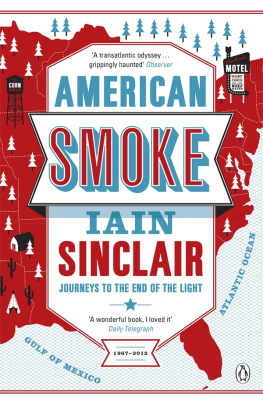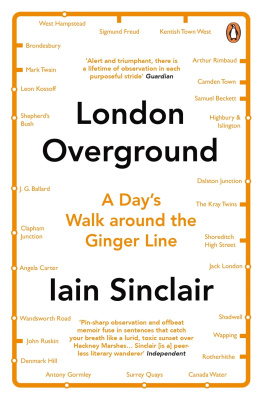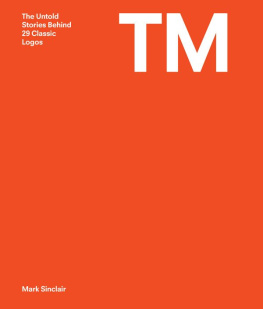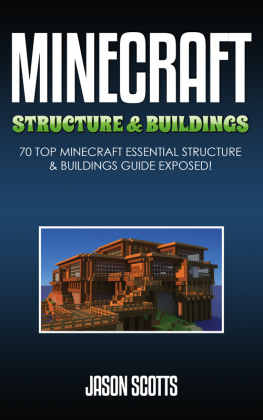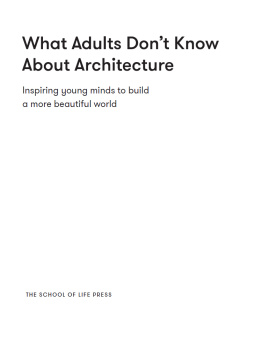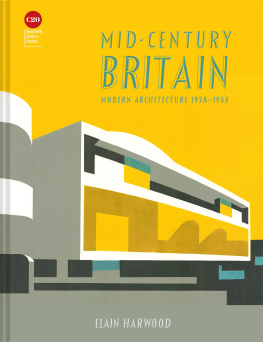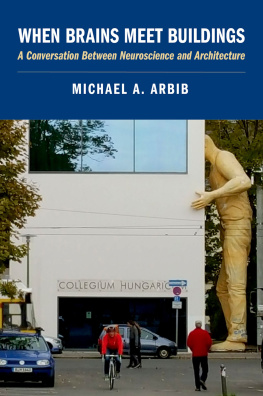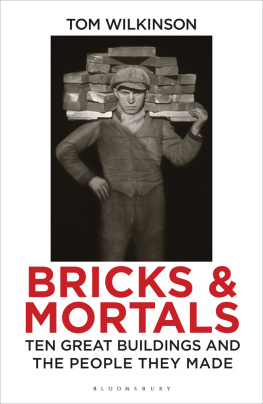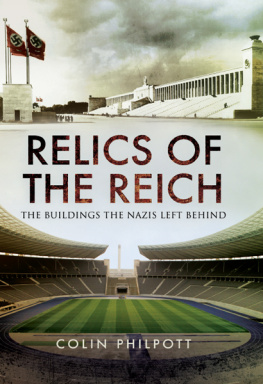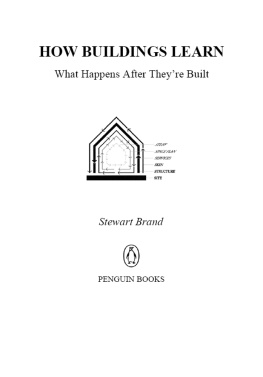This book was commissioned in response to the exhibition Living with Buildings curated by Emily Sargent at Wellcome Collection. The exhibition explores the pivotal role of design and urban planning in human health and examines how the structures that surround us shape our mental and physical health, in both positive and negative ways.
Iain Sinclair was born in South Wales. He went to school in the west of England and university in Dublin. He lives, walks and writes in East London. His books include Downriver (winner of the James Tait Black Memorial Prize and the Encore Prize), Lights Out for the Territory, London Orbital, Hackney, That Rose-Red Empire, American Smoke and The Last London.
Living with Buildings is published in association with Wellcome Collection, a free museum and library that aims to challenge how we think and feel about health. Inspired by the medical objects and curiosities collected by Henry Wellcome, it connects science, medicine, life and art. Wellcome Collection exhibitions, events and books explore a diverse range of subjects, including consciousness, forensic medicine, emotions, sexology, identity and death.

WELLCOME COLLECTION is a free museum and library that aims to challenge how we think and feel about health. Inspired by the medical objects and curiosities collected by Henry Wellcome, it connects science, medicine, life and art. Wellcome Collection exhibitions, events and books explore a diverse range of subjects, including consciousness, forensic medicine, emotions, sexology, identity and death.
Wellcome Collection is part of Wellcome, a global charitable foundation that exists to improve health for everyone by helping great ideas to thrive, funding over 14,000 researchers and projects in more than seventy countries.
wellcomecollection.org
ALSO BY IAIN SINCLAIR
The Last London: True Fictions from an Unreal City
London Overground: A Days Walk Around the Ginger Line
My Favourite London Devils
Ghost Milk: Calling Time on the Grand Project
London: City of Disappearances
Lud Heat: A Book of the Dead Hamlets
White Chappell, Scarlet Tracings
Hackney, That Rose-Red Empire
Edge of the Orison: In the Traces of John Clares Journey Out of Essex
Dining on Stones
Downriver
Lights Out for the Territory
London Orbital

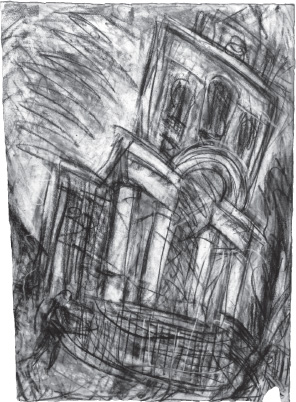
Christ Church, Spitalfields. Leon Kossoff.

First published in Great Britain in 2018 by
Profile Books Ltd
3 Holford Yard
Bevin Way
London
WC1X 9HD
www.profilebooks.com
Published in association with Wellcome Collection for the exhibition Living with Buildings curated by Emily Sargent.

183 Euston Road
London NW1 2BE
www.wellcomecollection.org
Copyright Iain Sinclair, 2018
Typeset in Sabon by MacGuru Ltd
The moral right of the author has been asserted.
All rights reserved. Without limiting the rights under copyright reserved above, no part of this publication may be reproduced, stored or introduced into a retrieval system, or transmitted, in any form or by any means (electronic, mechanical, photocopying, recording or otherwise), without the prior written permission of both the copyright owner and the publisher of this book.
A CIP catalogue record for this book is available from the British Library.
ISBN 978 1 78816 046 9
eISBN 978 1 78283 446 5
For Steve and Joan Dilworth, makers of place.
And Rebecca Hind, her fire windows.
Contents
Descartes said all our ills come from a man being unable to sit alone, quietly, in a room.
James Sallis
He could walk. He walked.
Joseph Conrad
POLICE, BY THE COUPLE, one standing back, came to the door. The first pair, interrupting our Sunday lunch, wanted witnesses to a kidnapping that might or might not have happened outside the local school. The second, late in the evening when the chain was on, were careful to check the address, the number. Unusually, they had turned out to deal with a reported intrusion. Local elections were imminent.
Nothing came of these tentative investigations. Uniforms we hadnt seen in forty years were pursuing crimes reported in another life. They were as bemused by this as we were. The original burglars had retired to Loughton and were driving minicabs. The kidnappers were sold out, beaten to the floor, cuffed and dragged away.
And thats how it is with buildings and health. It might be centuries before potential detectives identify the source of the infection. Rooms, houses, flats, estates: they provide an unreadable richness of layered histories. But the instinct, however posthumous, however disorientating, remains: to balance the equation and close the case. Listen. The wronged dead are already tapping at our windows.
MOVE
Christ Church: The Sickness and the Shadow
But most of the patients notes are marked Not for resus!
David Widgery
MUCH OF THE RUBBISH coming through my letterbox these days, now that the estate agents have flatlined, pitches funeral insurance. When youve lived a long life, there is no avoiding the sad reality, we have to plan for our passing on. After more than seventy fortunate years on earth, when gravity is applied, there is always a faint, unsourced smell of charring fat. Chill anticipation of something far worse, shadows detaching themselves from once familiar buildings, asserting their independence before fading away.
I had been advised by a trusted source to inspect a set of newly installed watercolour paintings by Rebecca Hind, a reredos triptych in Christ Church, Spitalfields. On my next free afternoon, I obeyed. That was in 2010. I always intended to return, to take a more measured look. Now, invited to consider the relationship between built environments and the health of those who lived in them, the particular catch of light in my memory of the Hind paintings became critical. I needed to get back, but there were detours, other voices, other duties. Years passed. I found myself plodding towards the church door only when those big iron gates were locked. Or television lighting rigs were being wheeled into place by crews who had started the day too early to know where they really were. Catering trucks were the only reliable geographic fact.
It is our melancholy fate, as higher animals, to carry our ills, while searching for somewhere to plant them. Better, I felt, to be outside, on the move, eyes cast down, swerving the shit, stooping painfully after useless coins, gleaning and gathering, but not gazing up at remote figures in high windows, or the mortal shiver in the crowns of London plane trees. We chew over old hurts and project a future that is already used up while the significant other, the viral messenger, sleeping partner, parasite, alien-friend, waits to announce herself: a twinge here, a dry cough, cold hands, stiff back, toes that refuse to clench. Let the doctors keep their verdicts until were gone.
Next page



